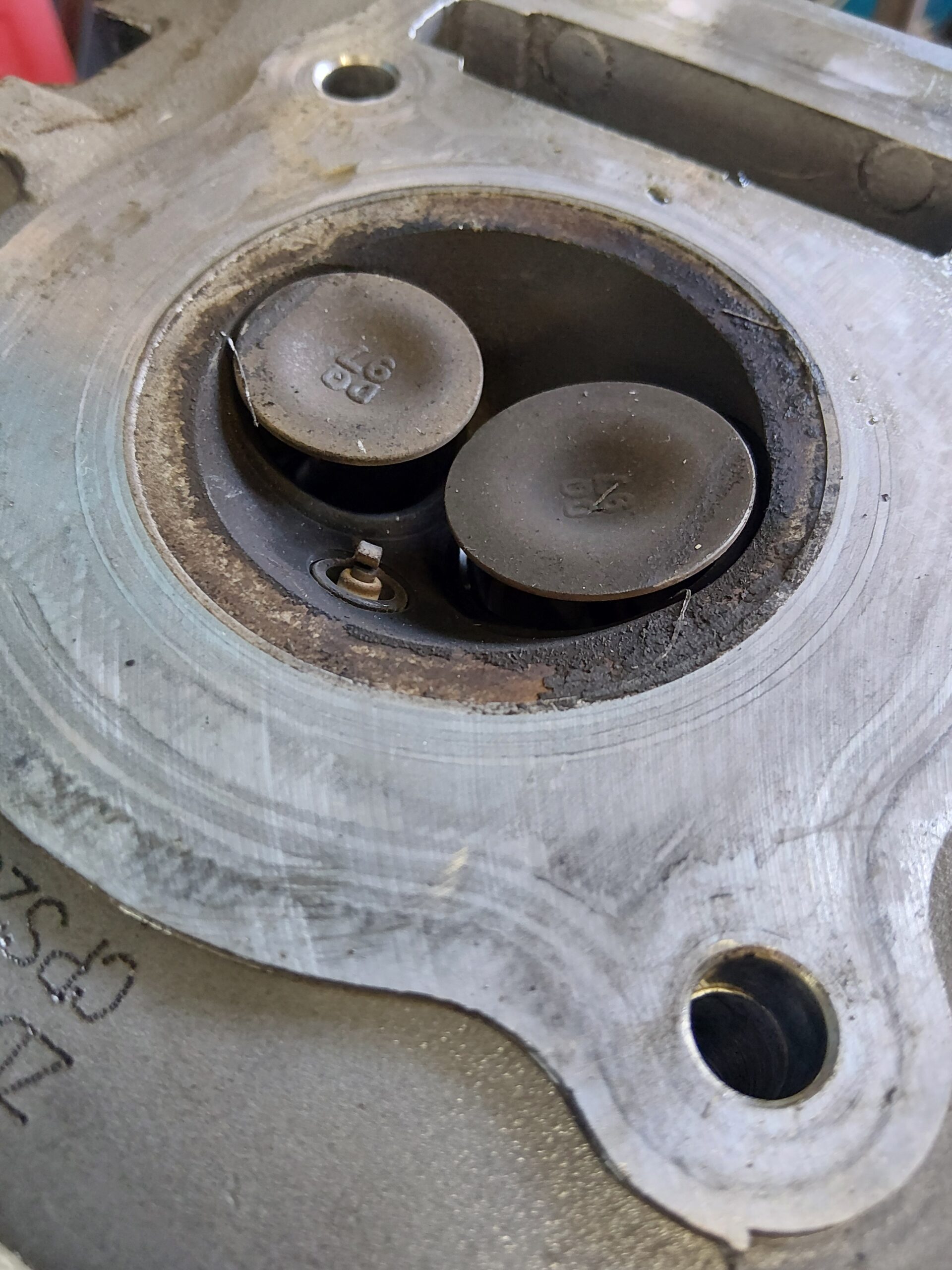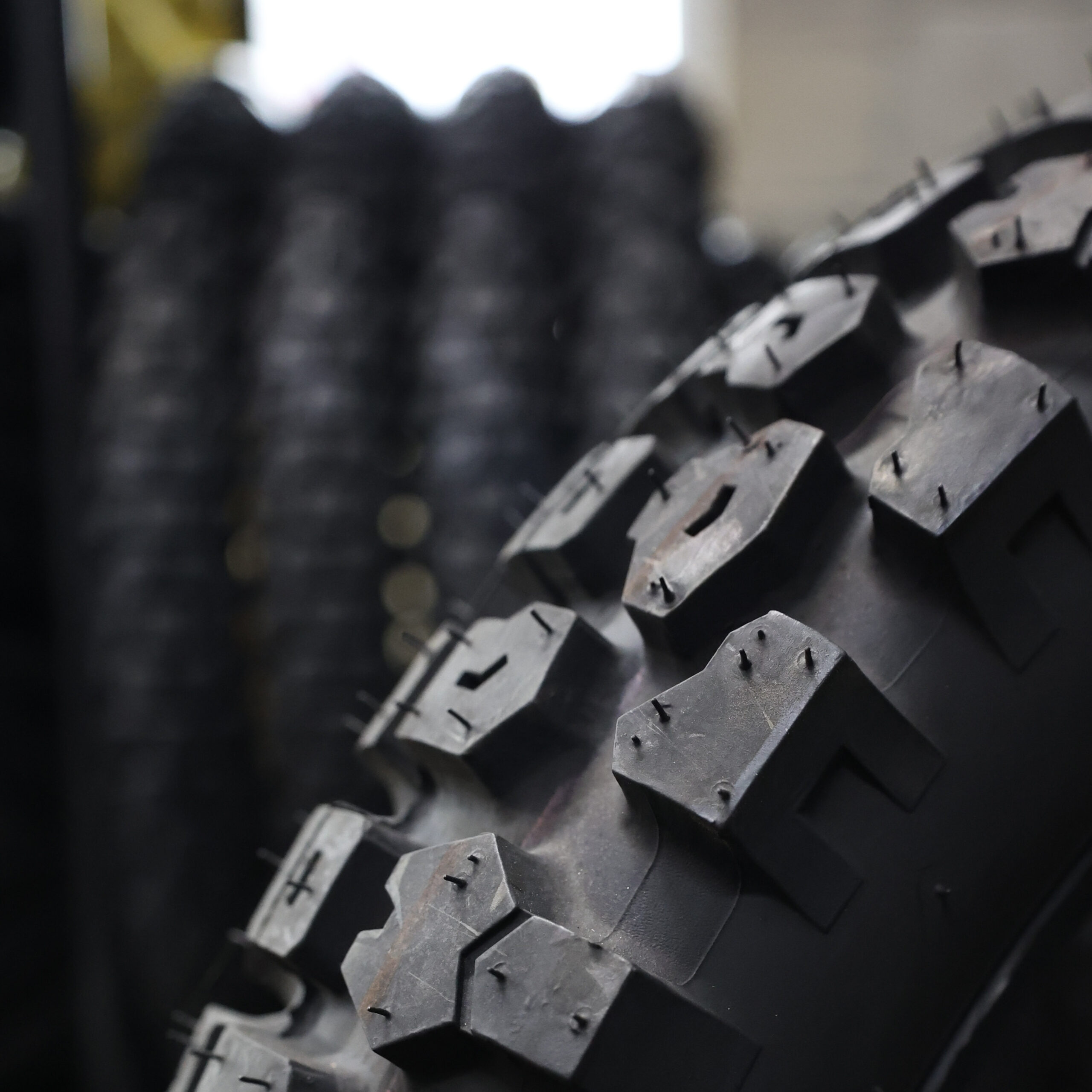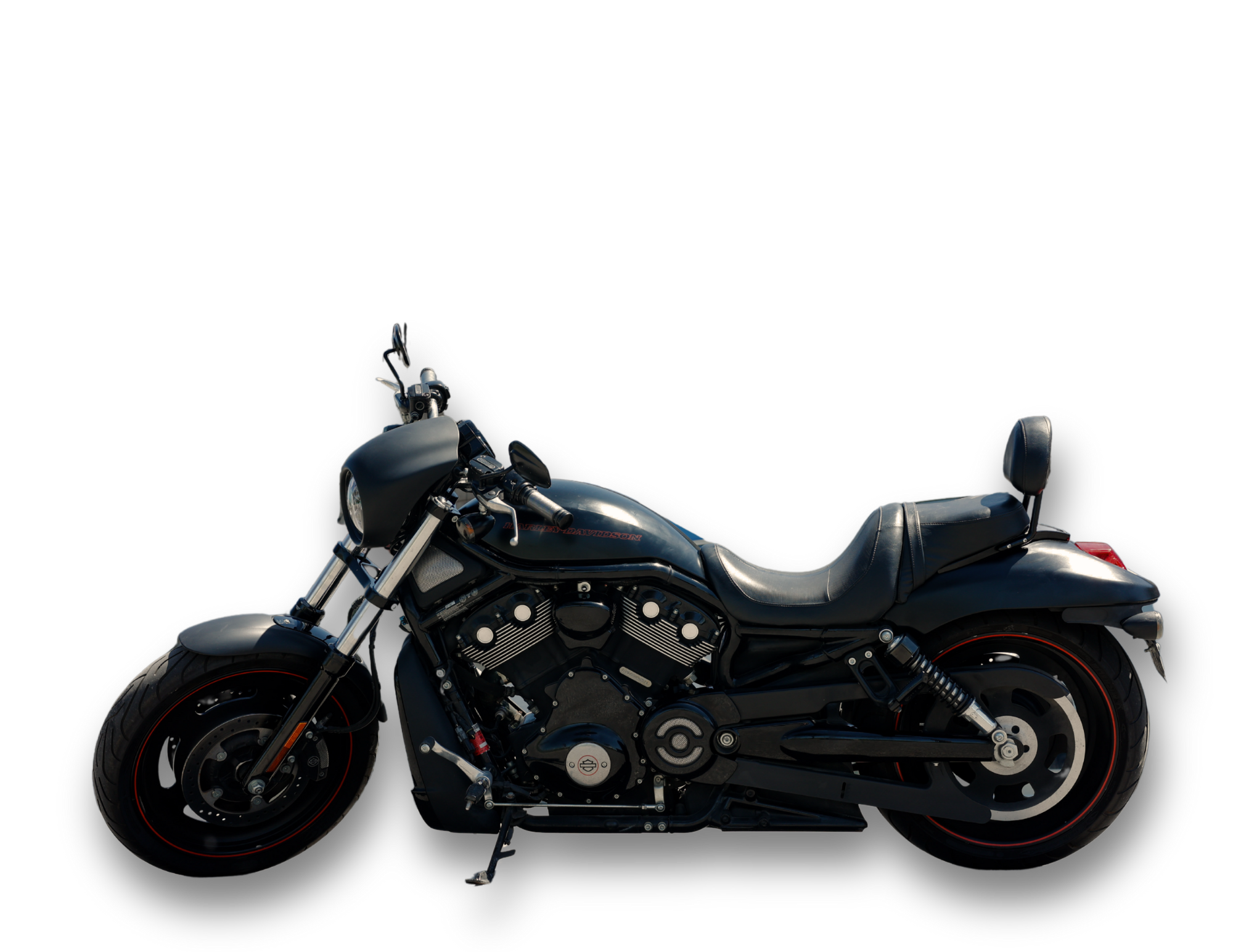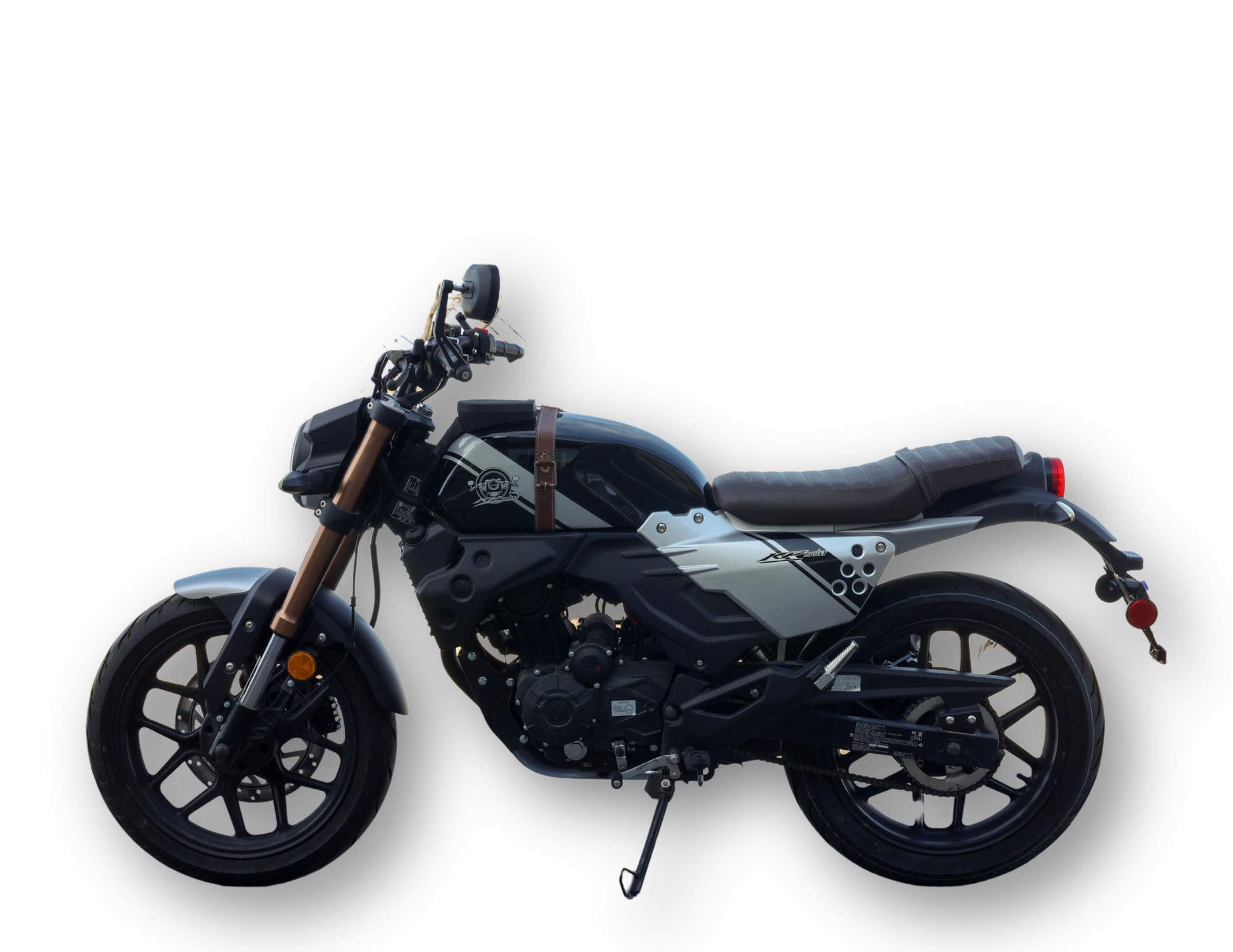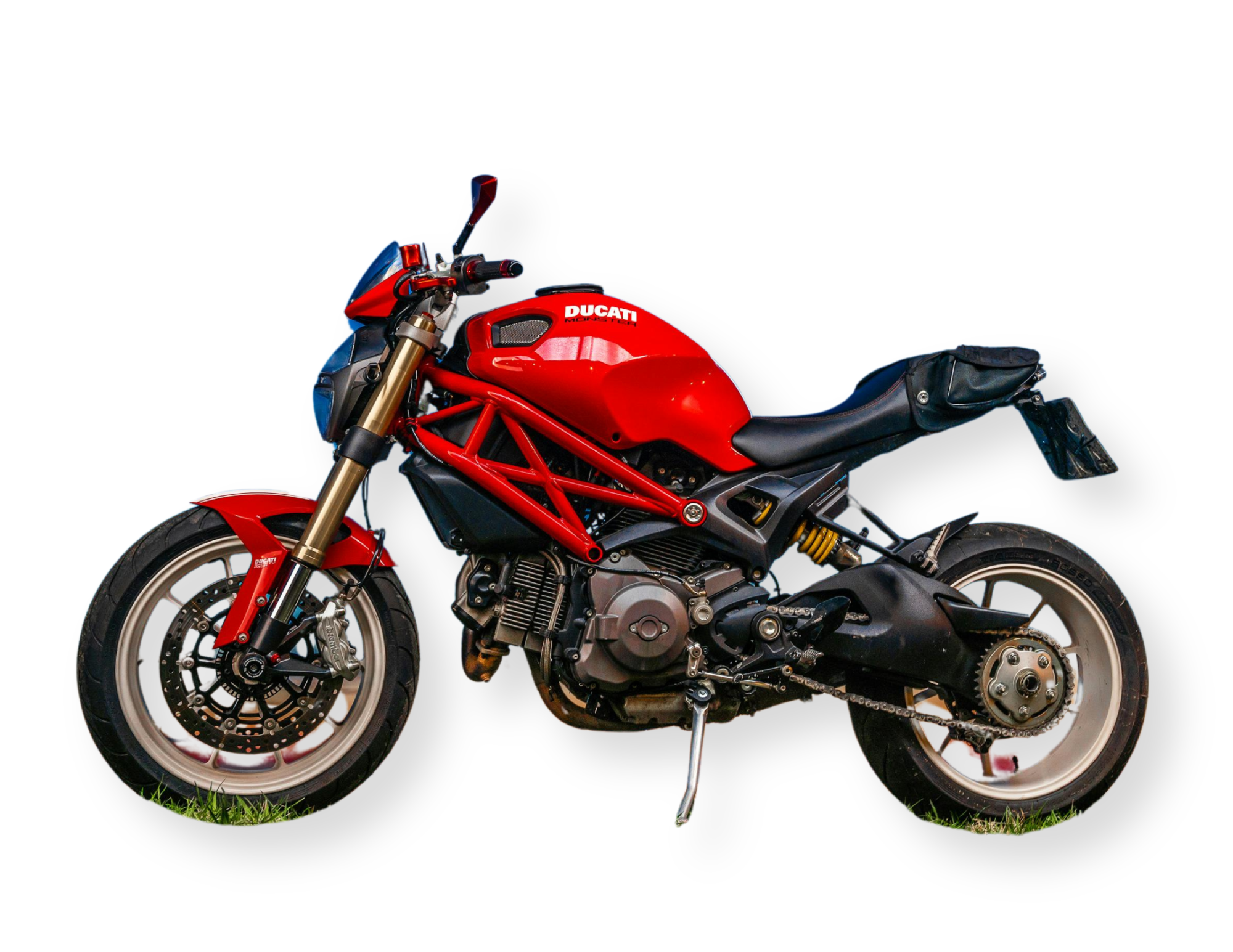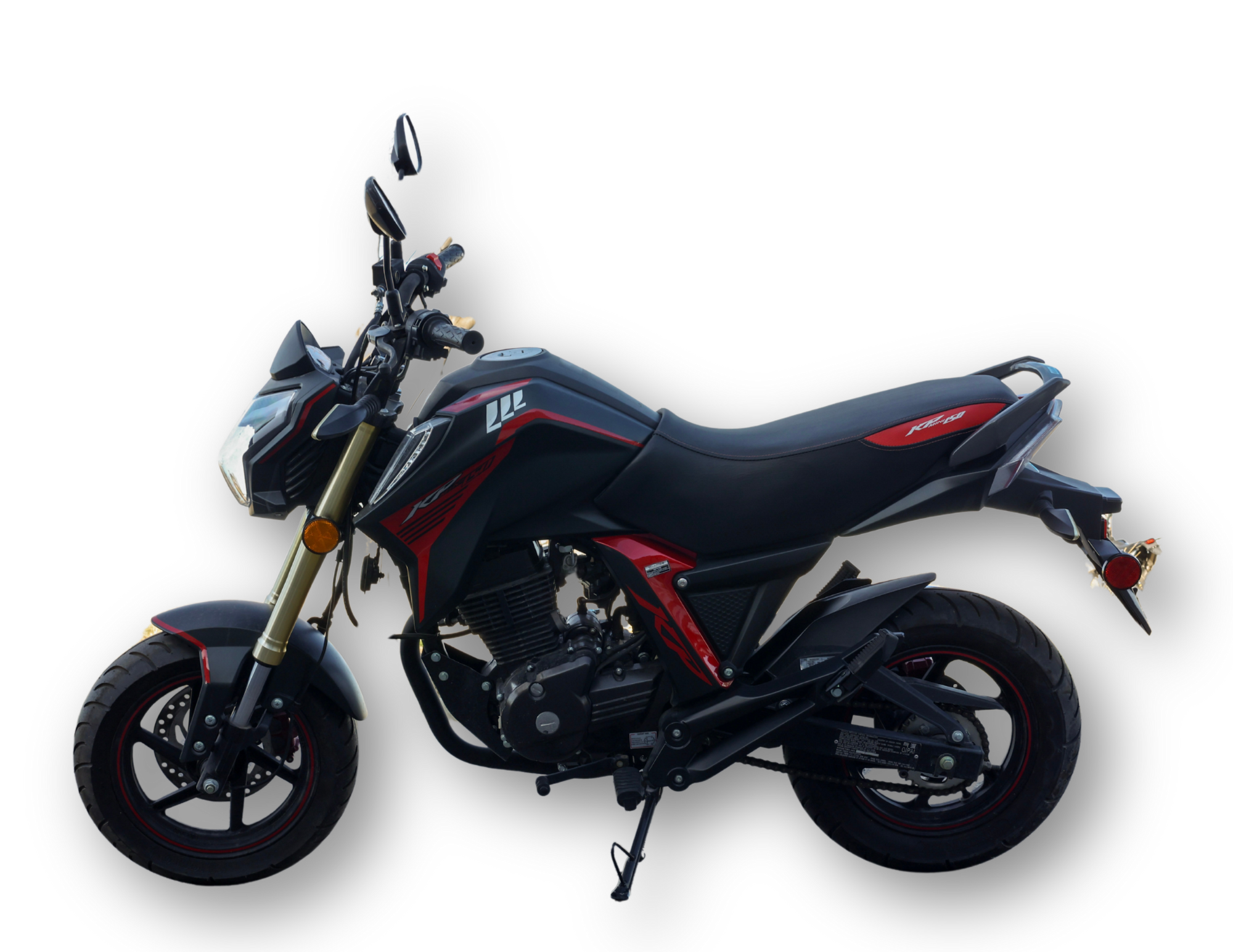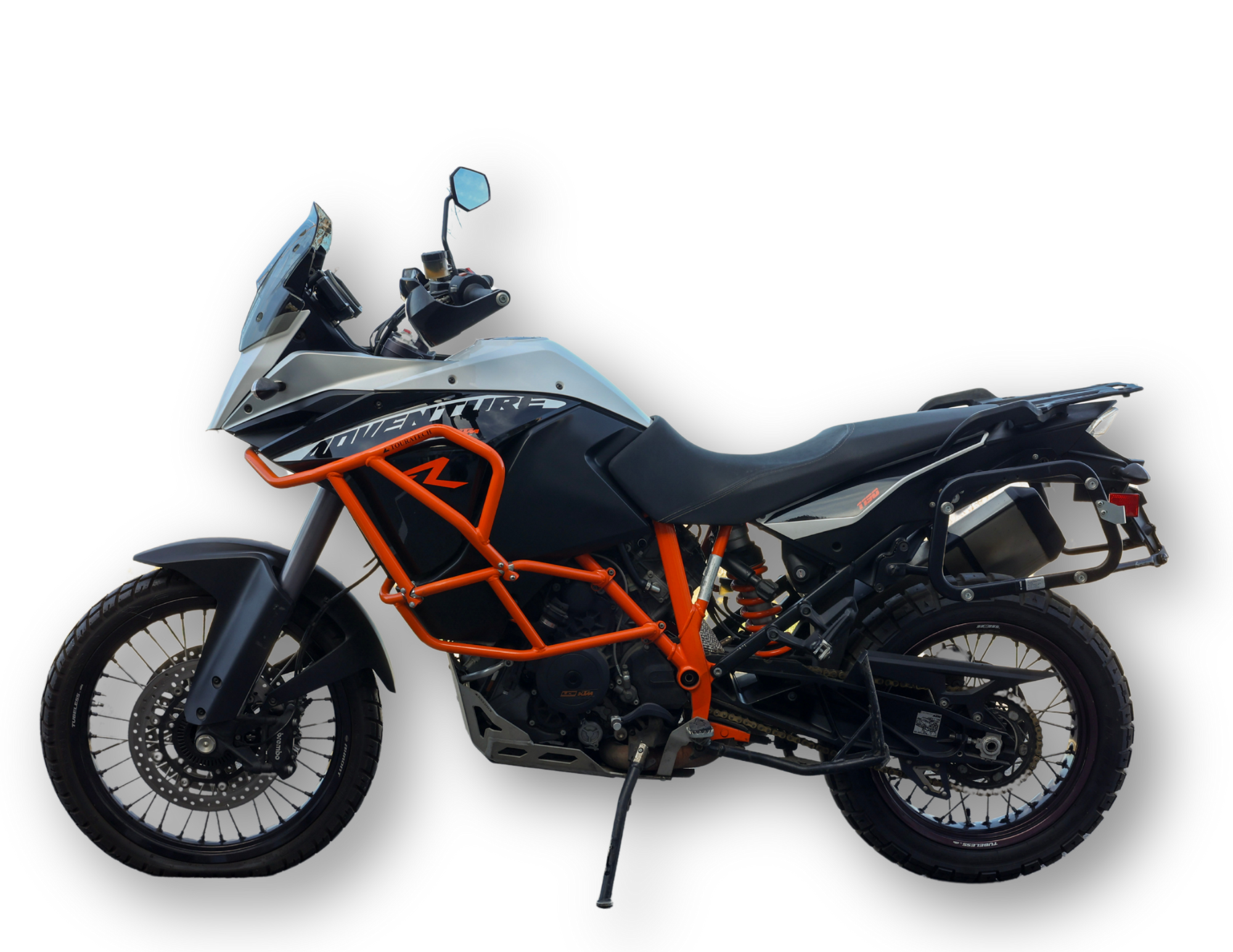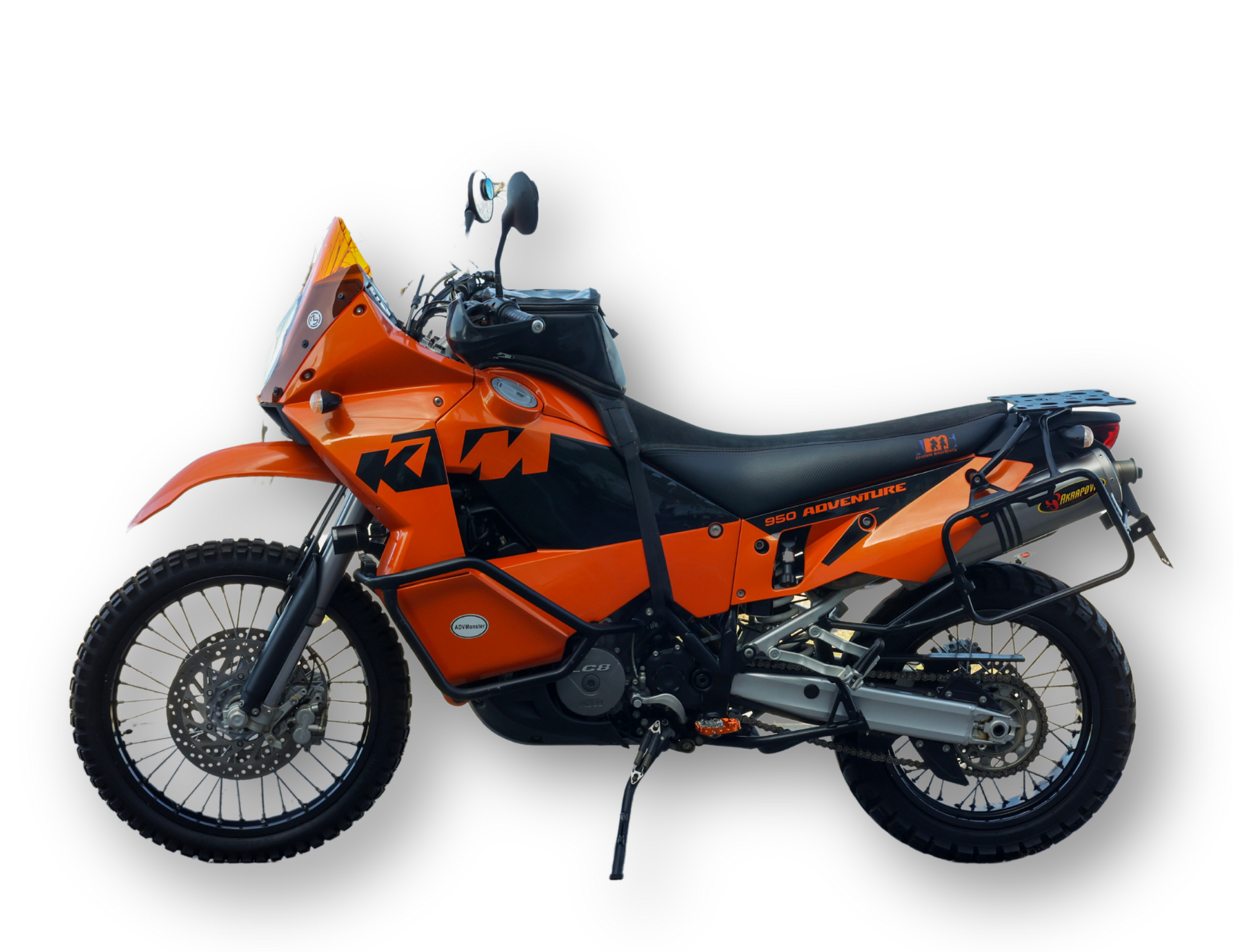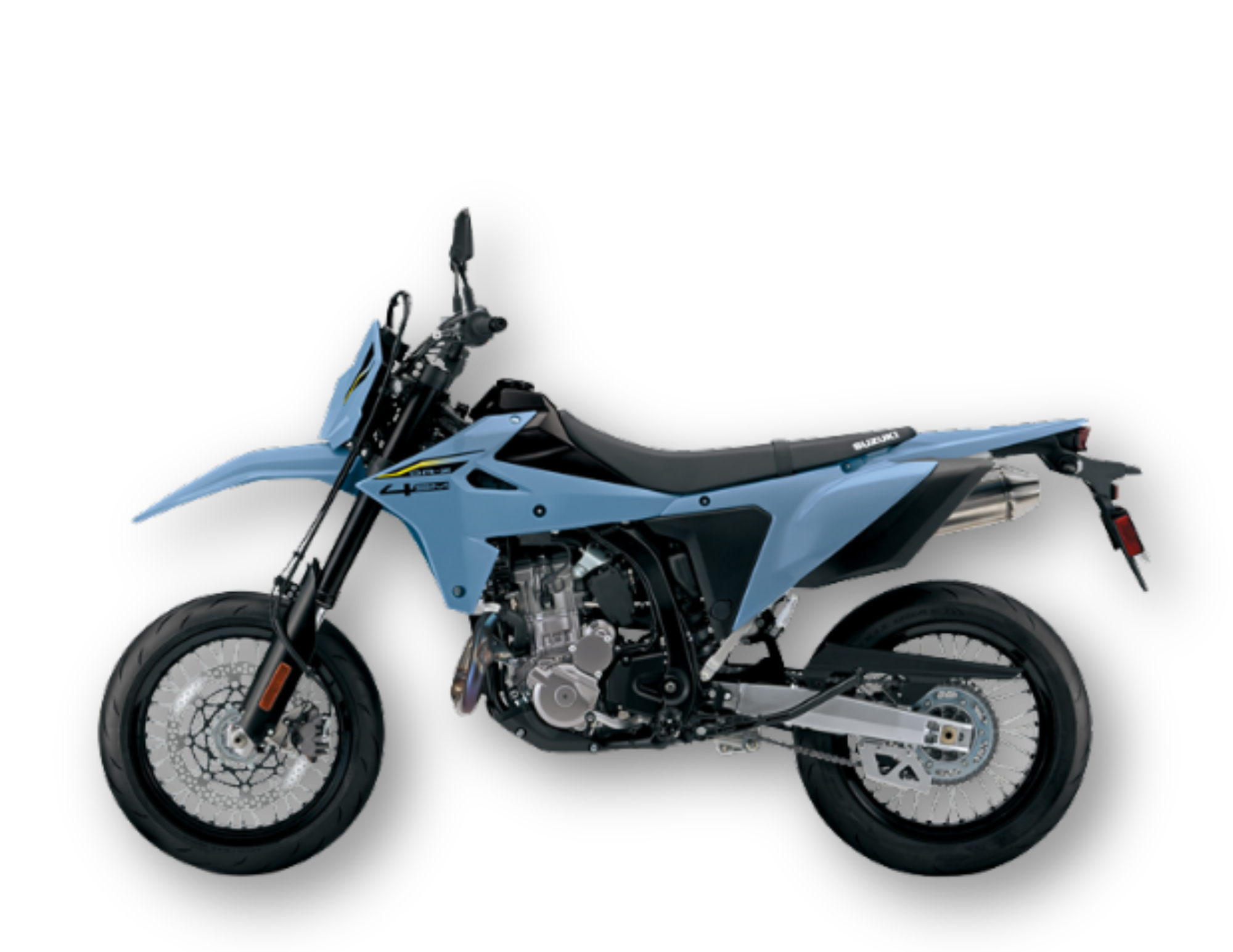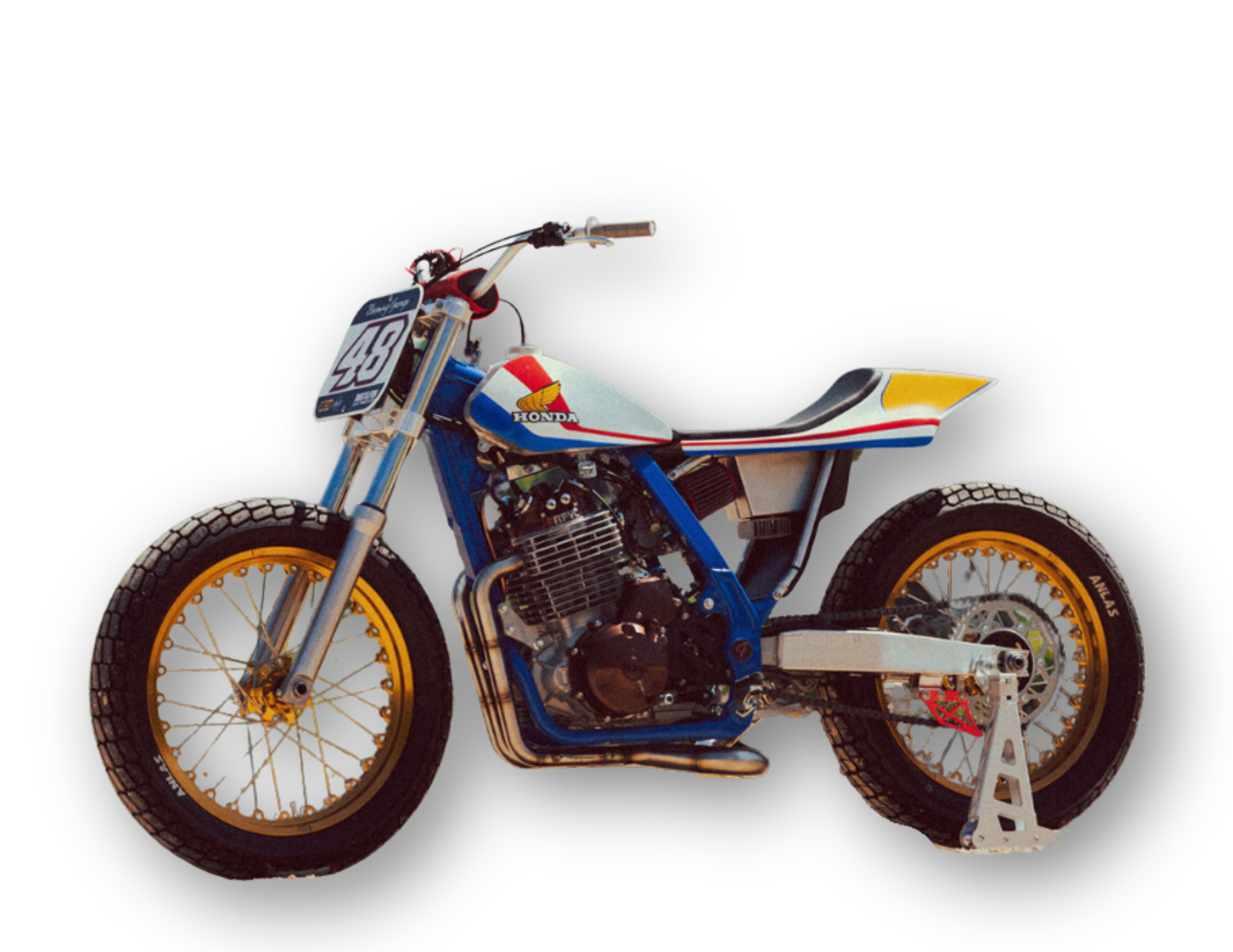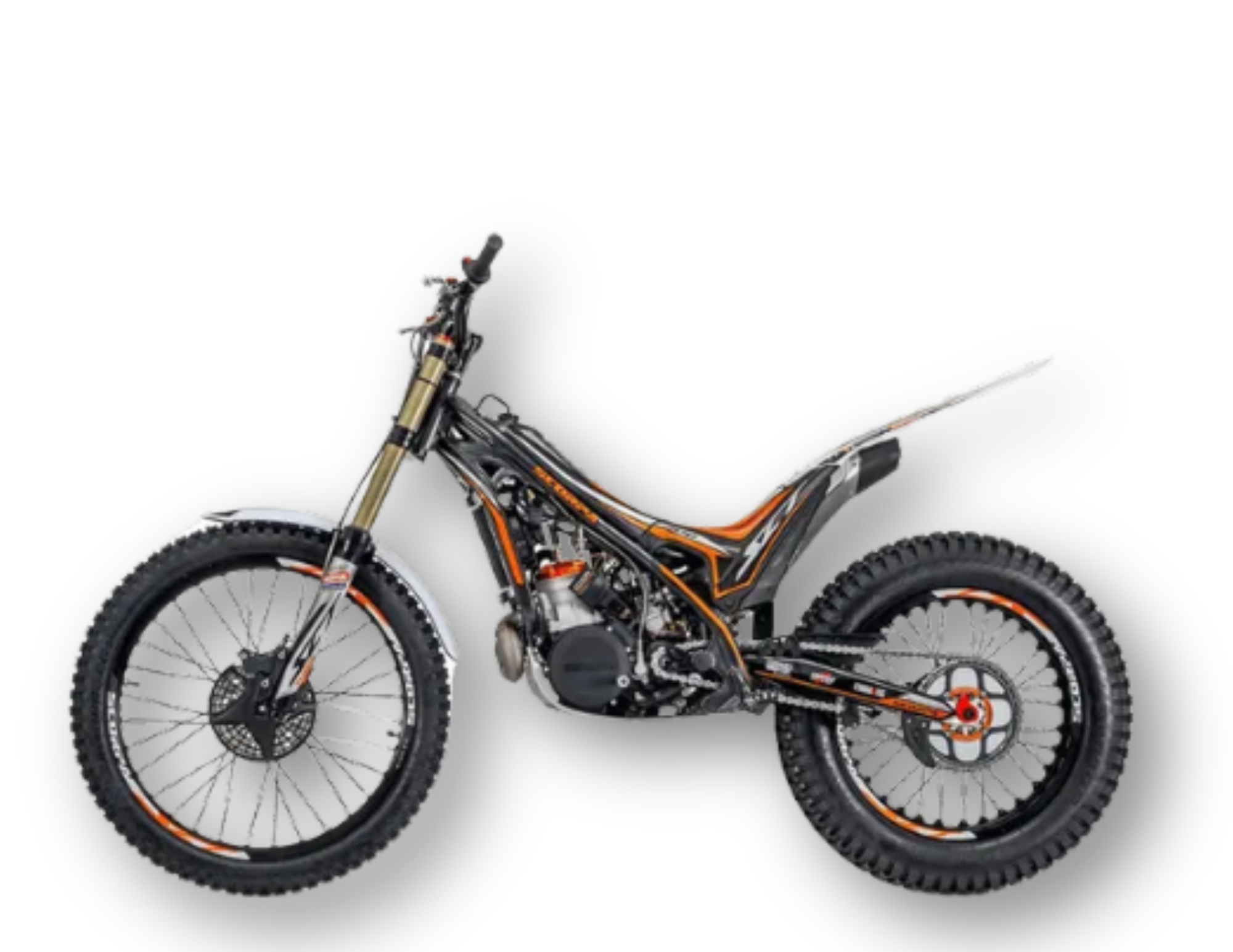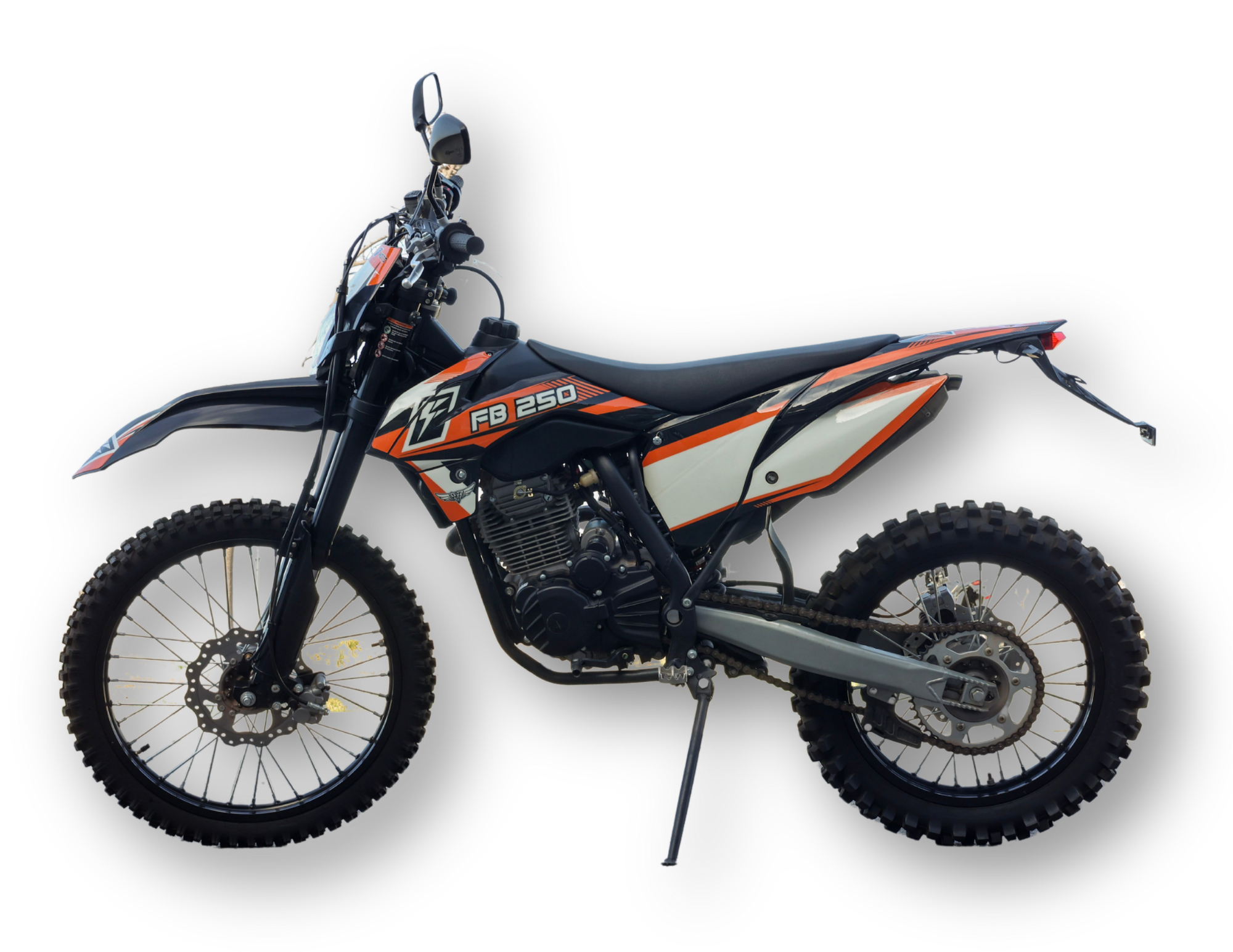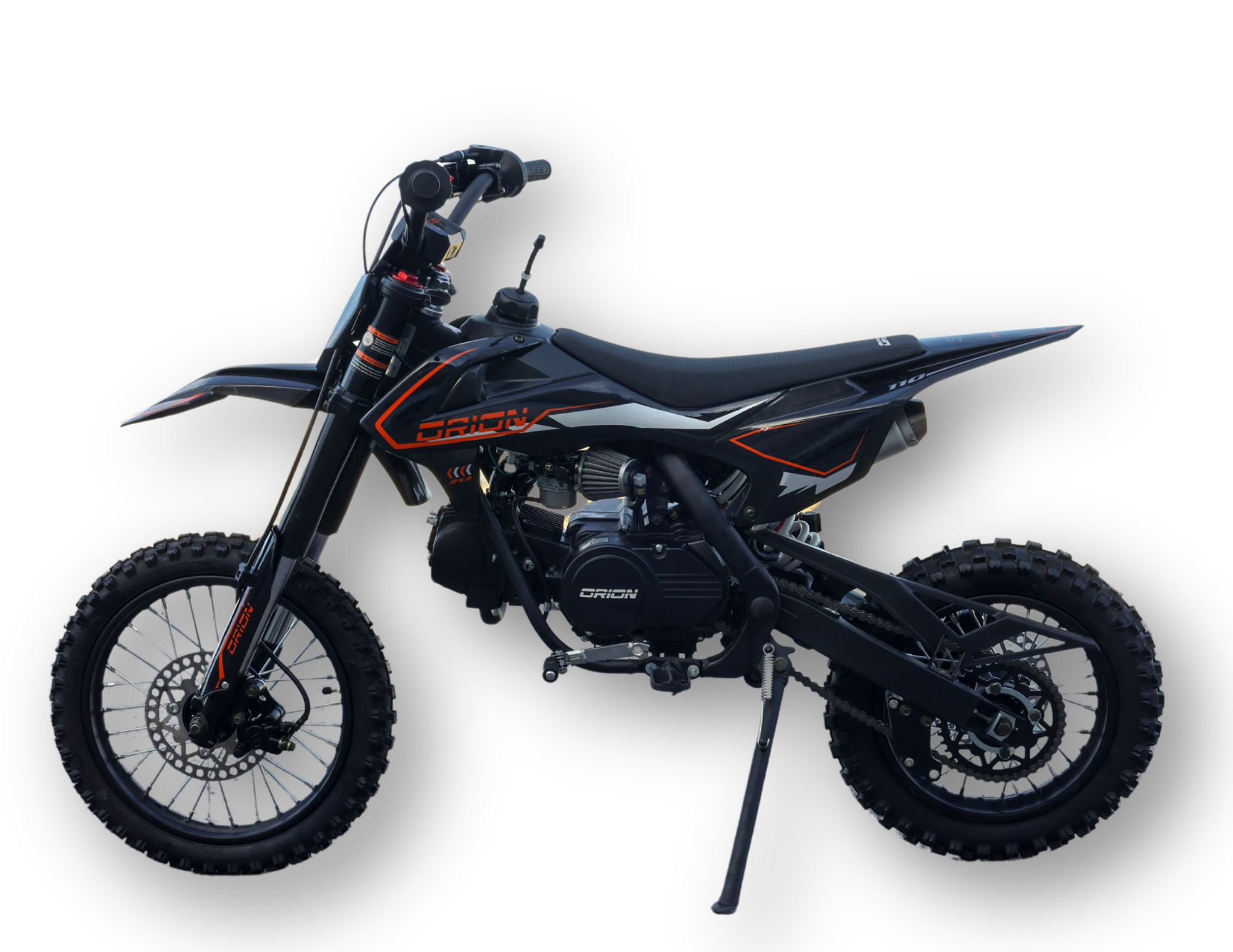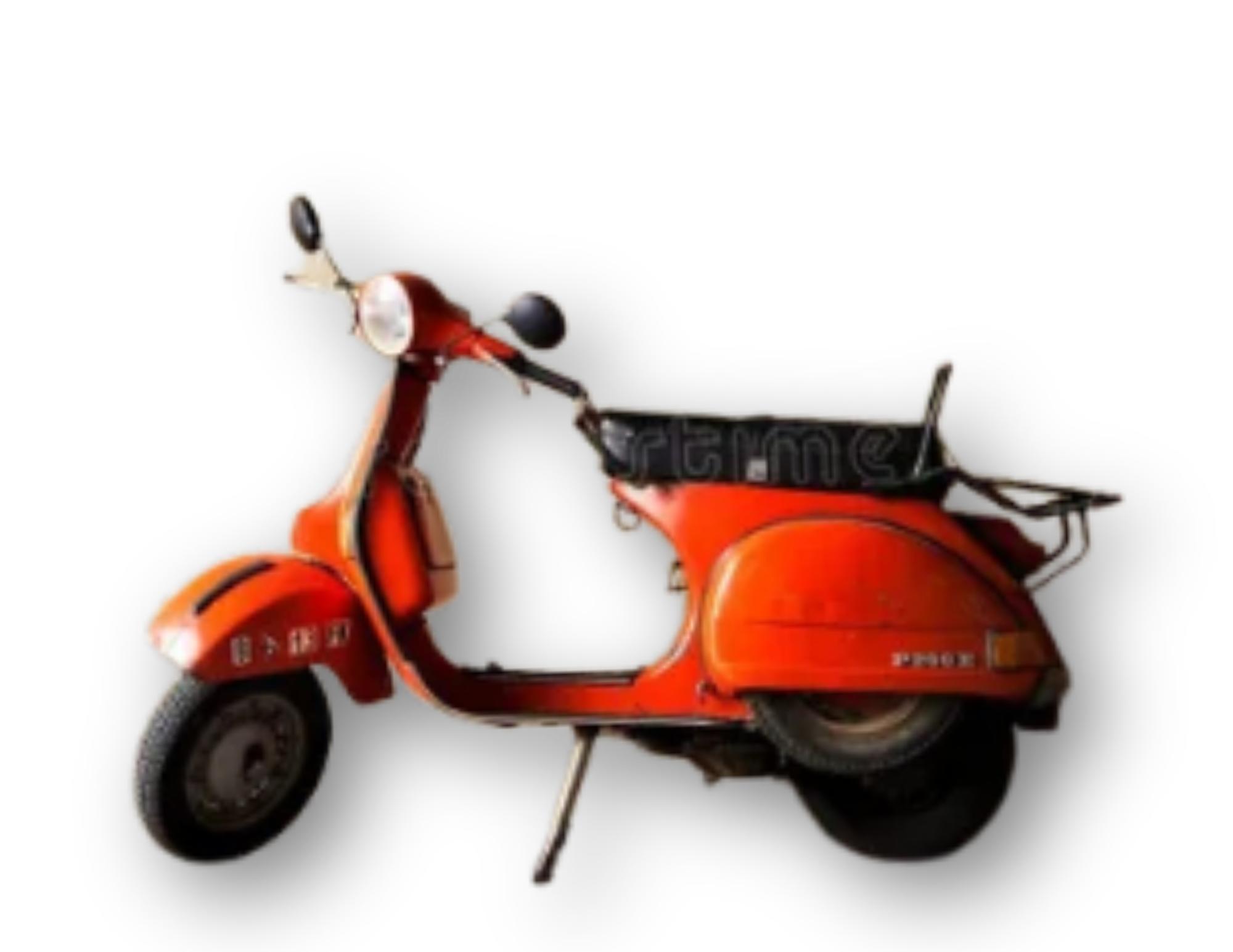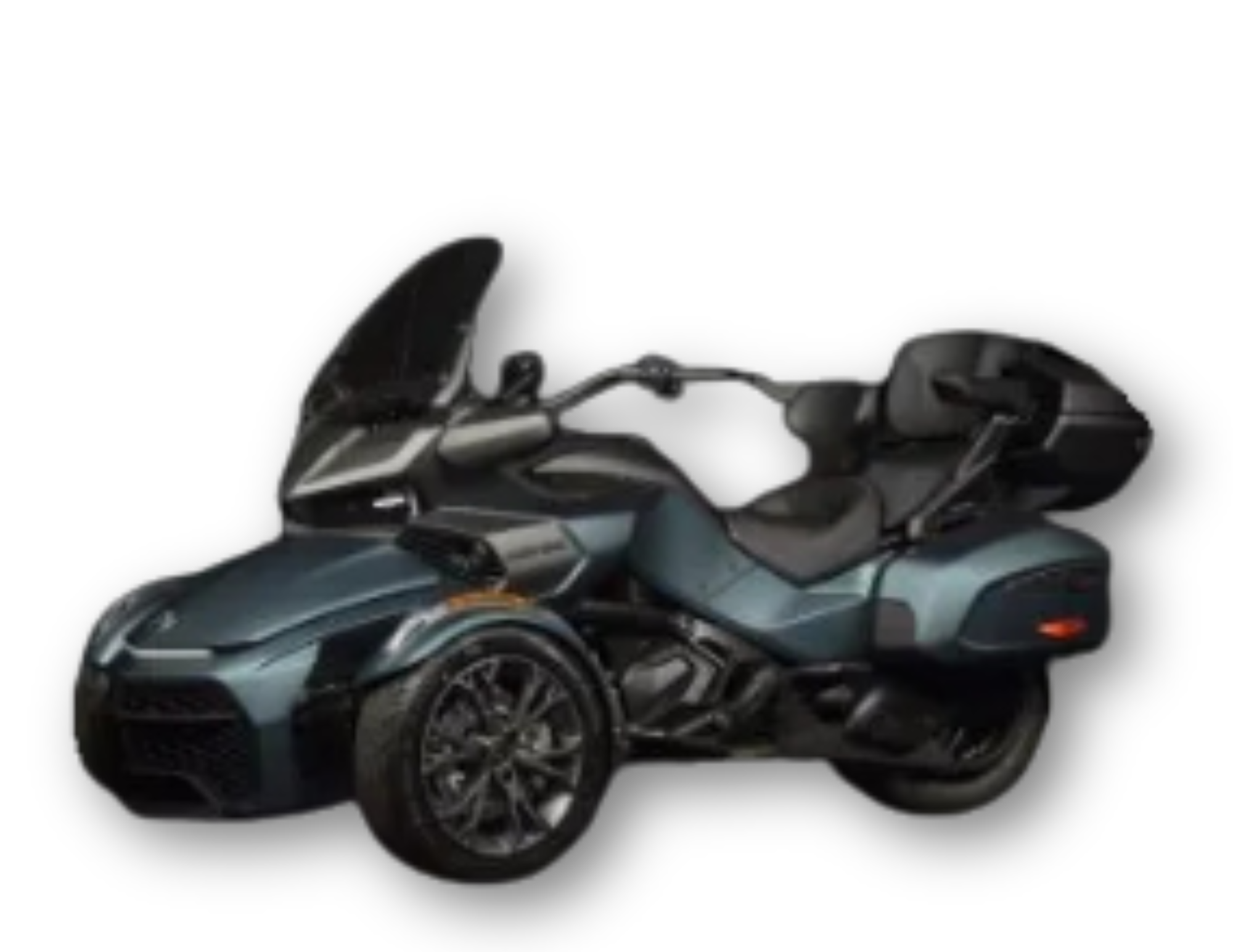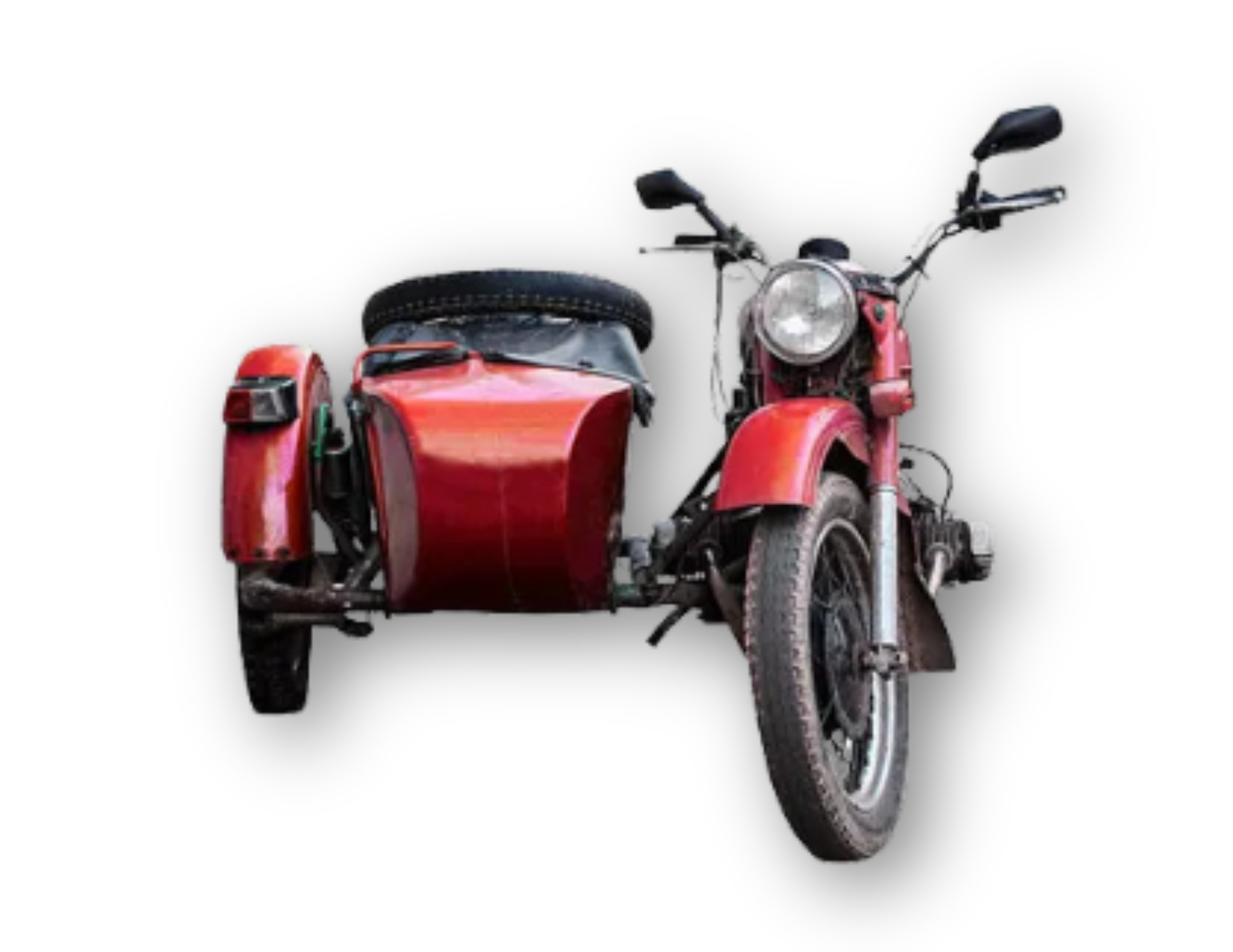Ride It Like It’s 1979: Vintage Maintenance Tips That Work

Ride It Like It’s 1979: Vintage Maintenance Tips That Work
“Ride It Like It’s 1979: Vintage Maintenance Tips That Work…”
Keeping Your Vintage Bike on the Road Where It Belongs
Most riders have that one old-school bike they’ll never forget. Whether it was the first one you rode, the one that got away, or the one you swore you’d fix up someday. These bikes aren’t just machines; they’re connections to the past, reminders of who we were when we first fell in love with riding. Tyler’s first bike was a Rupp mini when he was just 4 years old. So our love for vintage bikes runs deep. Whether it’s a dusty backyard find, a family heirloom that holds memories, or the bike you’ve always wanted and now you have, we get it these bikes still matter.
While there’s no strict definition, bikes from the late older than the early 1990s are often labeled vintage, especially if they bring to mind a sense of nostalgia. These bikes are recognized for their simplistic quality and design.
Working on older motorcycles isn’t always fast, easy or lucrative. Nonetheless, for us, it is a labor of love. It takes mechanical know-how, time, patience, and most of all, respect for how these bikes were built. That’s why Fastback Moto is one of the few shops that actually welcomes vintage bikes. We enjoy the process: the detective work, the tuning, the challenge — and that incredible moment when an old motor breathes again.
Whether you ride yours regularly or keep it tucked away as a collector’s piece, a little care goes a long way toward keeping it alive for years to come.
Tips to Keep Your Vintage Bike in Top Shape
✅ Use ethanol-free gas
Vintage rubber and gaskets weren’t made to handle modern ethanol blends. Ethanol-free fuel helps reduce wear and makes cold starts easier — especially if your bike sits for long periods.
See https://fastbackmoto.com/fuel-facts-every-rider-should-know/
✅ Treat your tank right
If your tank has rust or damage it will need to be cleaned and resealed. If this is the case the rust and debris will need to completely stripped and removed before the tank gets resealed. be avoid Kream coatings at all costs. They will flake off and clog your fuel system. Instead, use Caswell epoxy, which bonds better and holds up to ethanol.
Here’s the product we recommend https://caswellplating.com/epoxy-gas-tank-sealer.html
✅ Stick with OEM carbs when possible
Don’t toss your original carburetors. Most of the time, we can clean, rebuild, and re-tune them. Aftermarket carbs often cause more tuning problems than they solve.
✅ Don’t skip basic maintenance, even in storage
If your bike isn’t ridden often:
- Drain the tank instead of relying on fuel stabilizers
- Keep the battery charged by starting it every couple weeks or disconnect the battery entirely
- Check tire pressure if sitting for long periods of time and before each ride. Tires should also be changed every 5 years regardless of tread wear.
- Lubricate the chain
- Ride the bike every few weeks if possible to keep the clutch and seals well lubricated.
- Keep the bike in a garage or out of direct exposure to the elements if possible.
UV exposure and time make vintage plastics and wiring brittle. When working on the bike, use care when unplugging connectors or removing covers to avoid cracking old parts.
Thinking of Buying a Vintage Bike? Here’s What to Watch For:
If you’re shopping for a classic, bring a checklist. Or have us check it out first.
Look for the following:
- A matching engine and frame VIN
- Signs of original paint or decals
- An intact wiring harness (no wild splices or electrical tape patches)
- A clean title (or at least a verifiable bill of sale)
- Compression — we can test this for you
- How complete it is: missing parts = more expense later
Red flags:
- Missing side covers or gauges
- Rust in the tank (a little is fixable, a lot is a project)
- Rebuilt title with no history
- Cracked engine cases or stripped bolt holes
- No proof of when it last ran.
If you’re unsure, bring it by or send us pics. We’ll help you figure out if it’s a solid find or a money pit in disguise.

